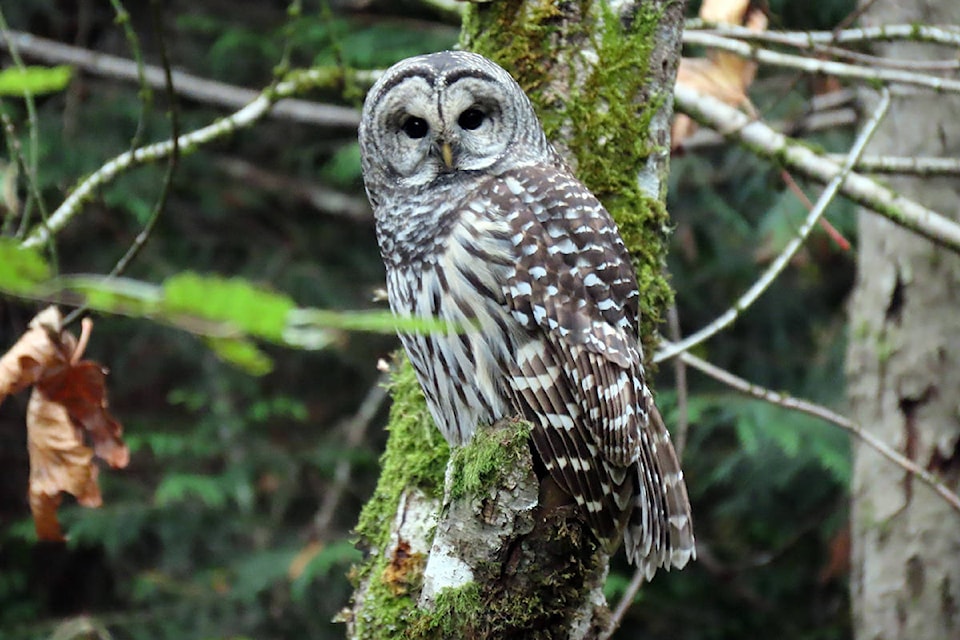LESLIE COX
Special to The Record
Seems like it was not all that long ago I was dreading the imminent end to the gardening season. Now the Christmas season is starting before Halloween is even put away. Crikey! We have not finished the fall chores yet. Thankfully, we have just finished one of the biggest on the list… moving all my hosta pots from the front porch to the greenhouse.
This is a chore like draining the water line from the house to the greenhouse. While the pots and the water line below ground may well sustain the freezing temperatures, who wants to take the chance? Replacing pots next spring, or digging up a water line, is not a job I want to see on the “Spring Chore” list.
But honestly, I think it may well be time I reined in my hosta addiction, given the time and effort to move all those pots! In fact, I even mentioned as much to John when I commented on how much space we have on the porch now that the pots are moved for the winter. He rather surprised me, saying he very much enjoyed our summer evenings on the porch surrounded by all the hostas. I guess “pot moving” will remain on the “Fall Chore” list for another few years.
As much as I hate to see the summer heat end, the cooler temperatures in the kitchen for the last bit of canning are certainly welcome. Especially with an abundance of pears to process. I am still working on them since my last column, but slowly. They are taking their time to ripen, which is fine with me. However, I am steeling myself because there will be a day very soon when they will all need to be dealt with. Conference pears do not keep long at the fully ripe stage.
OK. Who has bitten into a pear and crunched down on what feels like a stone? Happens quite regularly with our pears. Reminds me of eating oysters I shucked with my dad on summer holidays on Hornby as a kid. I accumulated quite a collection of tiny imperfect pearls over the years. But I digress…
One day, after biting down hard on one particular pear “stone”, I decided to look into this phenomenon. Rather fitting these things really are called “stones”, as it turned out.
Pear flesh is actually permeated with tiny particles of grit, made up of clusters of stone cells. This type of sclereid cell forms other very hard tissues such as peach and plum pits.
Stone cells begin like other cells, with thin primary walls. But here is where they differ from other cells, they begin to box themselves in. Through windows that connect them to other cells, they import raw ingredients to build a secondary wall…inside of the primary wall. Building layer upon layer of walls in this manner, the living parts of a stone cell are squeezed into an increasingly tiny area. Eventually, the window which connected the stone cell to another cell becomes a tunnel and the entire cell becomes filled with wall. At this point, the stone cell has achieved its final form and dies.
It is interesting to learn a single stone cell at this stage can actually be seen with the naked eye. But usually, that hard stone you bit down on is a cluster of several stone cells fused together.
Like I mentioned, all reminiscent of my treasured oyster pearls from long ago summer holidays.
Now, I did read somewhere these “stones” often form in pears due to inadequate water during fruit formation. Reasonable assumption since our pear tree would only get what water its roots could steal from the nearby garden bed.
Well…better get to those gutters again. More leaves are down.
Leslie Cox co-owns Growing Concern Cottage Garden in Black Creek. Her website is at www.duchessofdirt.ca
